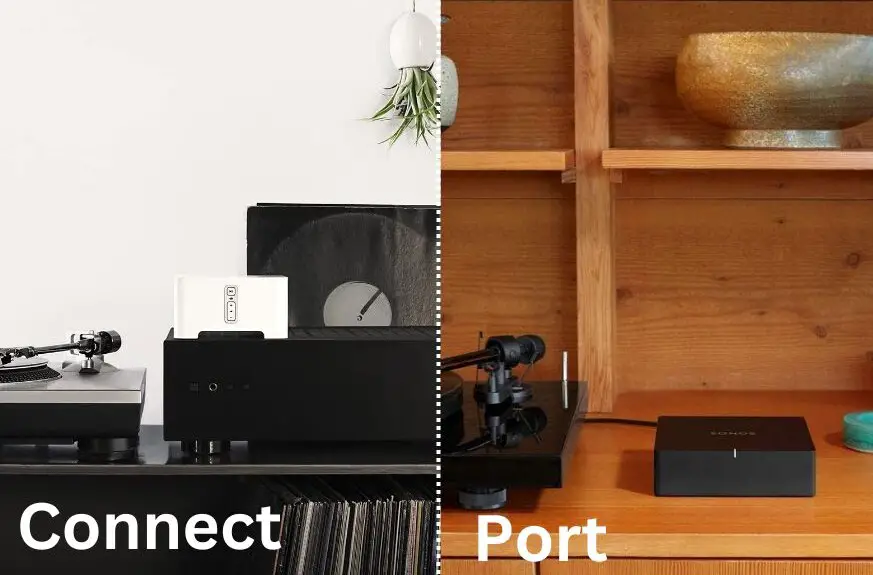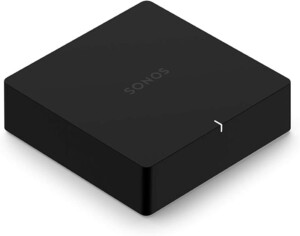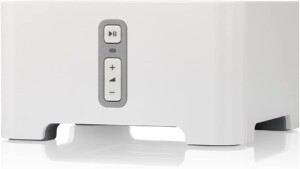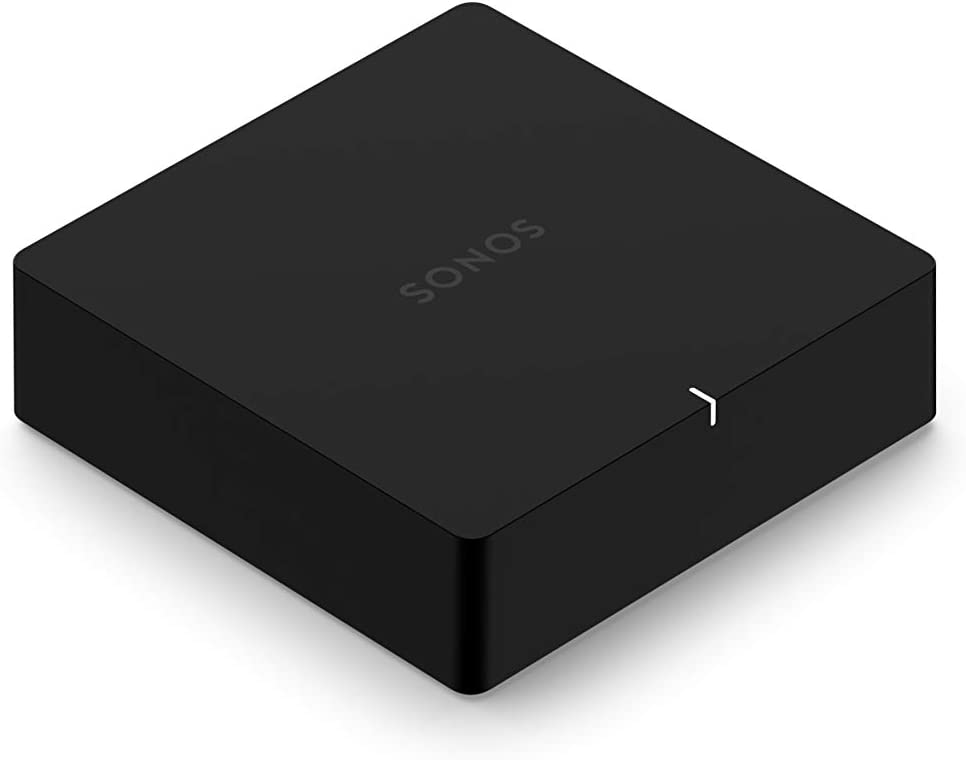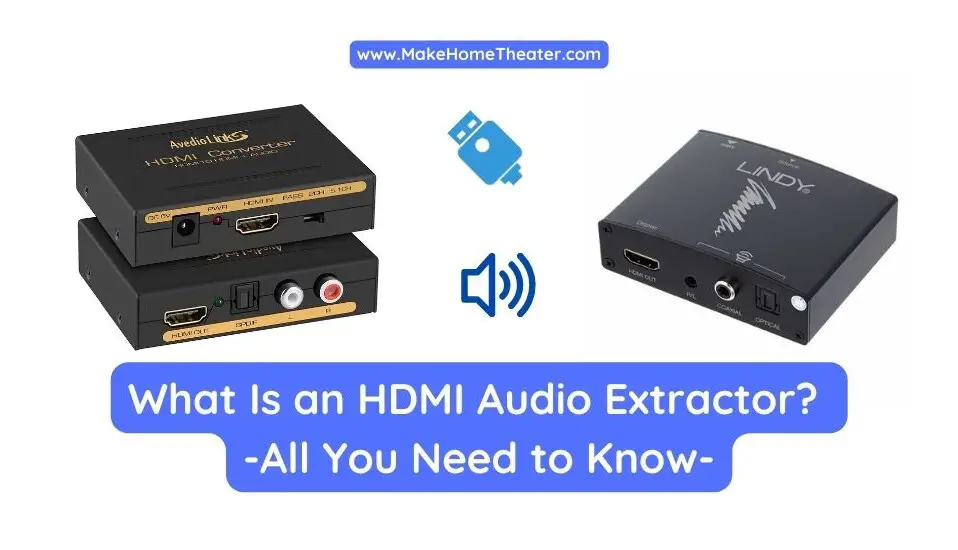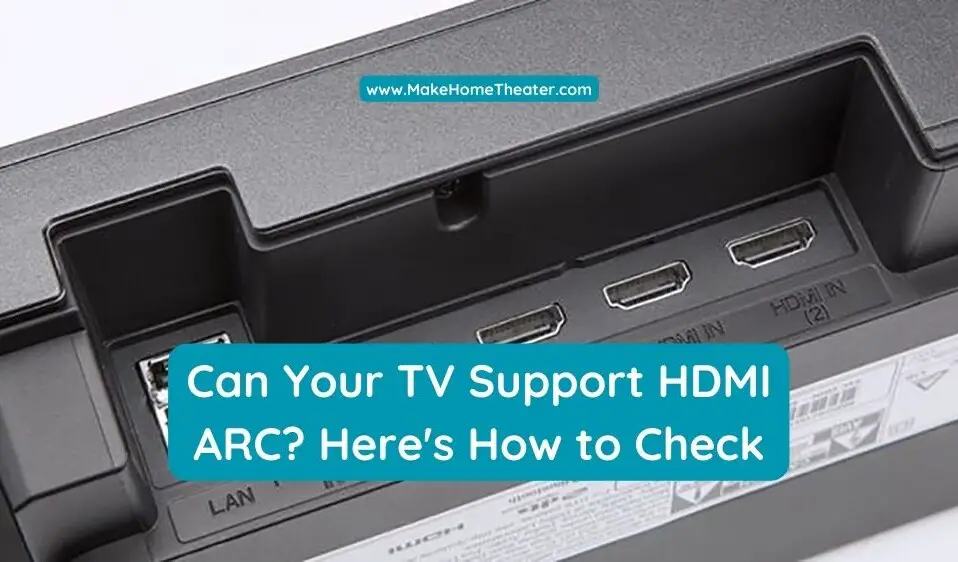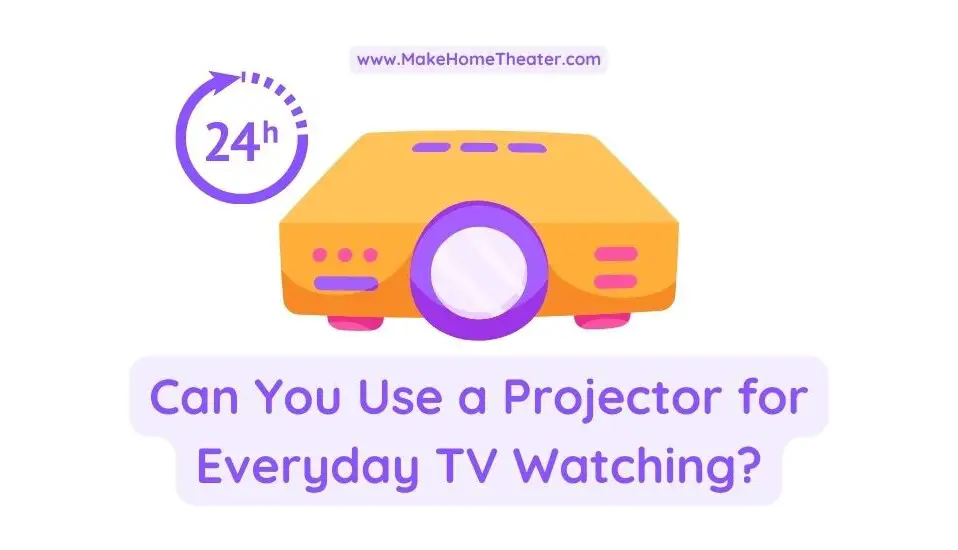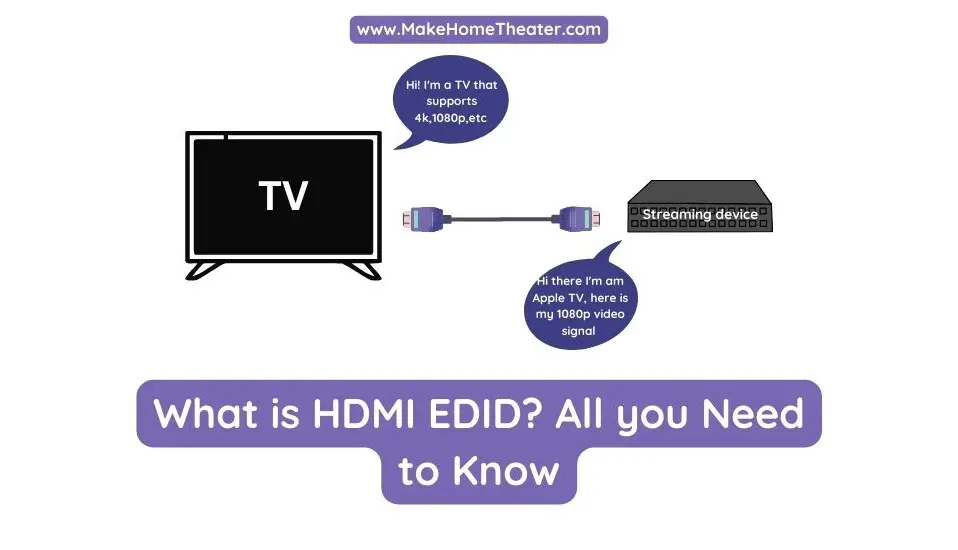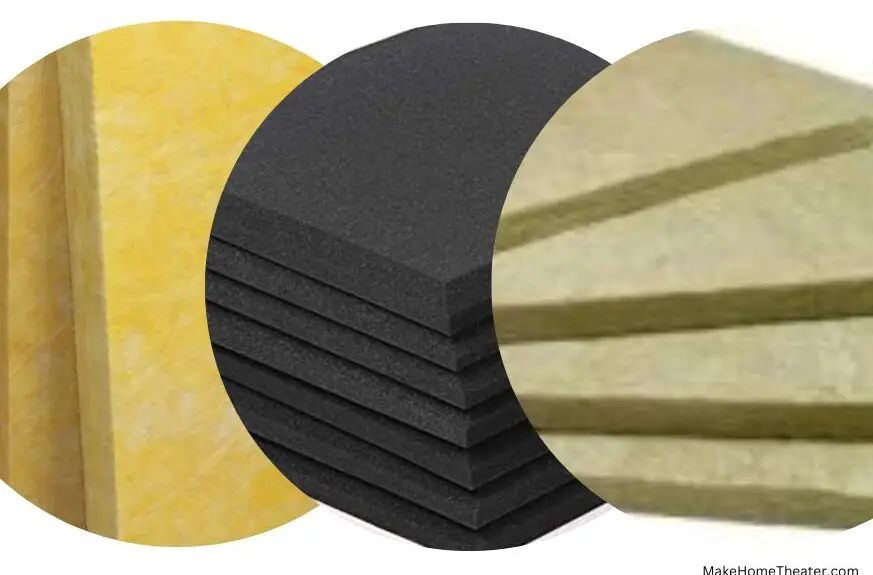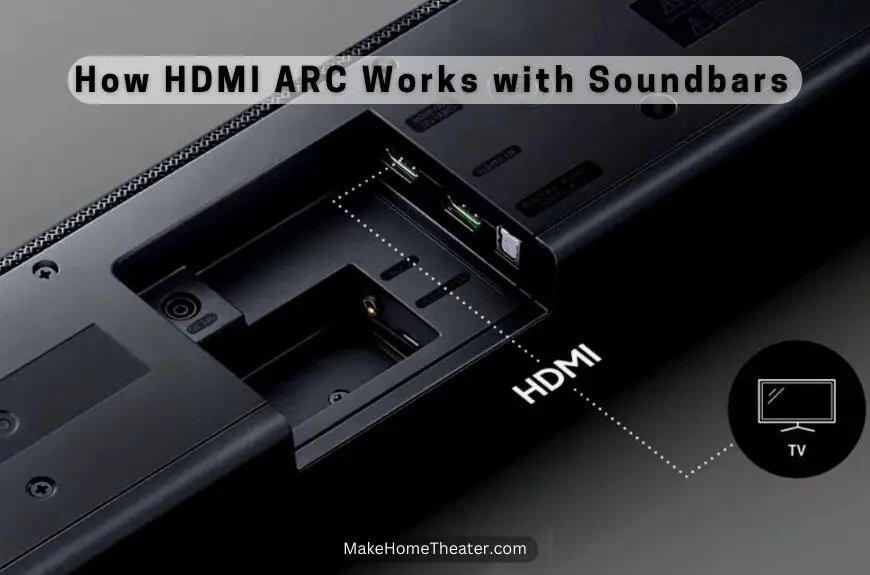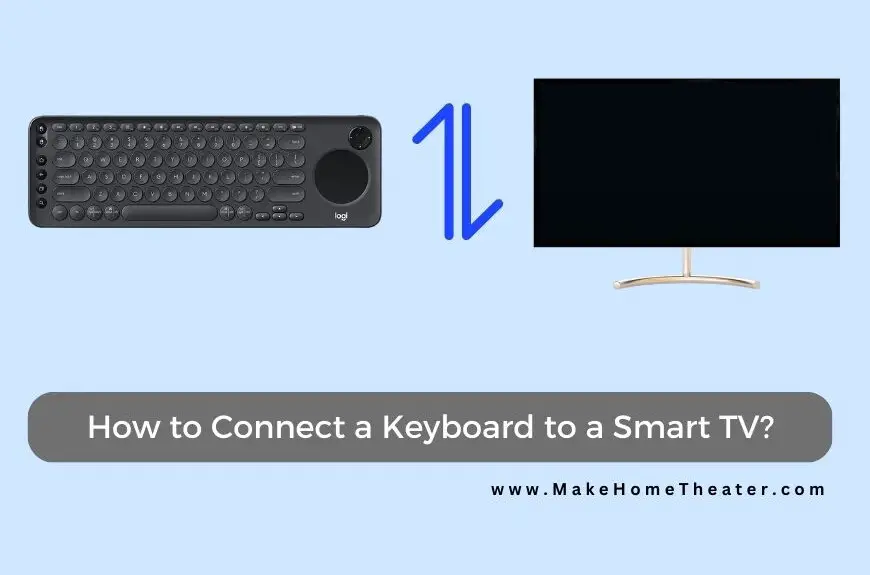If you want to bring all the rooms in your house or multiple rooms into one audio system, then Sonos is a great option to consider. However, you will need additional hardware to connect the different areas, which Sonos offers in the form of the Sonos Connect and the Sonos Port.In this article, we are going to dive in the differences and make a comparison Of Sonos Connect Vs Port.
Although the Sonos Connect (On Amazon) is more expensive, the Sonos Port (On Amazon) is a newer product that has advanced technology which makes it smaller, more powerful, and more future-proof. It also includes additional features such as an audio trigger, voice-assistant support, and Airplay.
If you are looking for a device that can serve this purpose, then the Sonos Port is a great choice. Let’s discuss some of the specifics and why the Sonos Port is such an appealing option.
Table of Contents
What You Can Do with These Devices

If you’re new to Sonos or have only a few Sonos speakers, you might be wondering what these devices are and why they’re important. Both the Sonos Port and the Sonos Connect help solve two problems: getting non-streaming media into your Sonos system and connecting non-Sonos speakers to your Sonos system.
Both devices have RCA hookups that allow you to get audio into Sonos that isn’t streaming from the app. This means you can use them to add audio from record players, receivers, or even an Aux input (with an adapter) to your Sonos system and play it over all your Sonos speakers.
The Port and Connect can also be used to route audio from your Sonos system to non-Sonos speakers. For example, if you have a nice set of bookshelf speakers, you can use a Port or Connect to splice them into your Sonos system and stream any audio you want to them. Both devices can help create a Sonos-powered home theater surround system, but they have other unique features as well.
Sonos Port Vs Connect, Why the Sonos Port is Better?

The Sonos Port has more processing power than the Sonos Connect. This makes it better at handling high-end audio equipment and it will last longer as other devices are upgraded. The Sonos Port is also smaller than the Sonos Connect, which can make it easier to install in a whole-home sound system. The size and color of the Sonos Port are also important factors to consider.
Cost Of Sonos Port Vs Connect
The Sonos Port is better than the Sonos Connect because it is newer, smaller, and more powerful. However, it is also more expensive.
As the Sonos Connect is phased out, its price may decrease. One reason for the high cost of Sonos products is that they are known for their reliability.
Installers prefer using Sonos equipment because it rarely breaks due to the company’s thorough testing process, which includes testing every single product before it is shipped. This is in contrast to other companies that may only test a sample of their products.
Features and Specs, Sonos Port Vs Connect
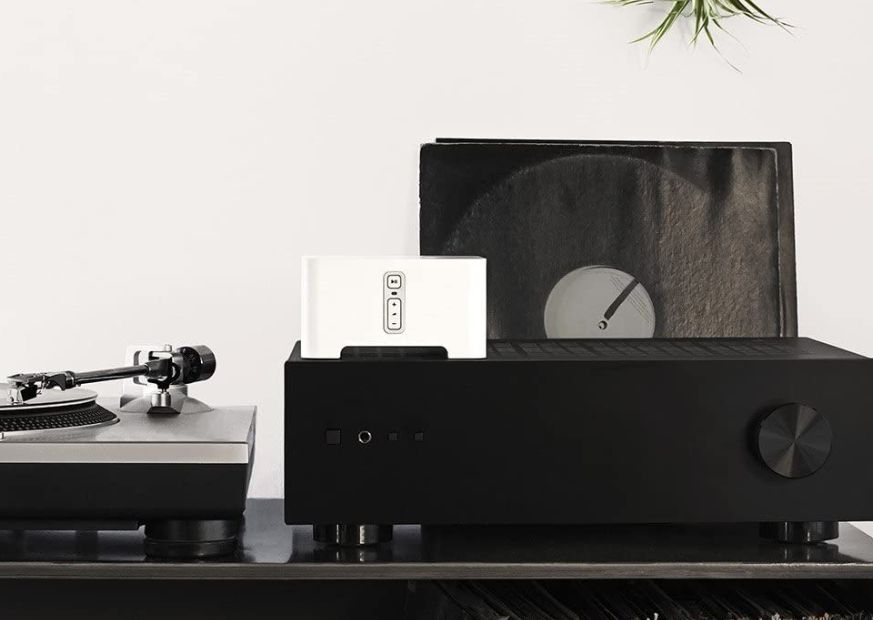
At first glance, these two units may seem similar, but there are many significant differences between them. One of the most notable differences is the processing power, which has been improved in the Sonos Port. The form factor and color of the Sonos Port are also different from the Sonos Connect. These changes enhance the overall quality of the device.
One of the standout features of the Sonos Port is the inclusion of a trigger, which is not present on the Sonos Connect. The Sonos Port also has voice assistant capabilities, adding even more functionality to the device.
Another major difference between the two units is the inclusion of Airplay on the Sonos Port. This feature makes it feel like Sonos is outdoing the competition with this device.
- What is Bluetooth 5? All You Need to Know
- Can Cables Go Bad Over Time?
- What Is an HDMI Audio Extractor? (All You Need to Know)
Features and Specs Of the Sonos Port
Sonos Port: Processing Power
Although Sonos does not disclose the specific processing power of either unit, it has stated that the Sonos Port has significantly more processing power than the Sonos Connect. This is an important factor for the long-term performance of the device.
The durability of the Sonos Port means that it will last a long time, but the processing power determines how long it can function without becoming outdated. The improved processing power of the Sonos Port ensures that it will be able to handle more advanced audio systems as technology advances. This makes the Sonos Port a more future-proof option.
Sonos Port: Size
The Sonos Port is a compact device that is capable of performing many functions. It measures 16 x 5.4 x 5.4 inches, which is half the height of the Sonos Connect. Despite its small size, the Sonos Port is still able to retain all of its functionality. It is also lighter than the Sonos Connect, weighing in at 1.04 lbs. However, the components of the Sonos Port are more densely packed, making it a heavier device.
Despite its small size, the Sonos Port is designed to prevent overheating. It has efficient heat removal built into its design, so it can be stacked on top of other Sonos Ports without any issues. In fact, it is possible to stack three Sonos Ports vertically on a shelf. This is a useful feature for those who are setting up a whole-home audio system and need multiple Ports. The small size of the Sonos Port allows it to be tucked away easily, ensuring that the system looks neat and tidy.
Sonos Port: Color
The color of a device may seem like a small detail, but it is important to audio professionals. The white color of the Sonos Connect is eye-catching and gives a premium feel to the device. However, most high-end audio equipment is black.
In response to this, Sonos decided to give the Sonos Port a matte black coloring. This decision was made to appeal to the professional audio management community, who will likely be using the device the most. The black color gives the Sonos Port a more sophisticated look.
Sonos Port: Audio Trigger Capability
One of the key features that distinguishes the Sonos Port from the Sonos Connect is the inclusion of an audio trigger. This feature allows for a more energy-efficient home audio setup because it allows for more precise control over when devices are turned on or off.
By contrast, the Sonos Connect lacks a trigger, which means that when it is connected to an amplifier in a whole-home speaker configuration, the amplifier needs to be left on all the time, even when it is not in use. The inclusion of the trigger in the Sonos Port allows audio equipment to be managed more intelligently and efficiently.
In addition to improving energy efficiency, the trigger also enhances the overall audio management experience. It allows the audio processing unit to function more like an audio receiver, directing audio systems and managing downstream hardware to ensure that everything works together seamlessly.
Voice Assistants and Airplay
The Sonos Port differs from the Sonos Connect in that it can work with voice assistants. Even though it does not have its own microphone array, it is designed to work with voice assistants when connected to a device that does have one.
This feature is especially useful for people who rely heavily on their voice assistants. The Sonos Connect does not allow for a voice assistant to be connected to a whole-home audio system, so separate dedicated equipment is needed to gain voice assistant capability.
The Sonos Port enables you to connect your entire home’s audio system to a voice assistant as needed. This means you can network all your rooms and use your voice assistant from anywhere in the house.
In addition to voice assistant capability, the Sonos Port also includes Apple Airplay, which was not present on the Sonos Connect. This feature makes the Sonos Port a valuable device for those who use iOS devices.
Features and Specs for the Sonos Connect
It’s worth noting that Sonos also offers a device called the “Connect Amp.” It is similar to the Sonos Connect, but there are some key differences between the two devices (check our guide). The Connect Amp is a standalone amplifier that can be used to power speakers, while the Sonos Connect is a device that allows you to stream music to your existing audio system. Yamaha also offers a device called the WXA-50, which is similar to the Connect Amp. However, in this discussion, we are focusing on the Sonos Connect, not the Connect Amp or the WXA-50.
Sonos Connect: Processing Power
One of the main differences between the Sonos Connect and the Sonos Port is the processing power. While Sonos does not specify the exact chips used or the processing power of those chips, it is known that the Sonos Connect has less processing power than the Sonos Port. This is an important factor to consider when purchasing a device at this price point, as you want to ensure that it will be able to support more advanced audio systems in the future.
The lower processing power of the Sonos Connect means that it may not be able to support more powerful audio systems as well as the Sonos Port in the long run. However, it should work well for the time being.
Sonos Connect: Size
The Sonos Connect is larger than the Sonos Port, measuring roughly 2.9 x 5.4 x 5.5 inches and weighing 1.5 lbs. Despite its size, it is a compact and well-designed device. Its size makes it easy to place on a shelf or next to high-end audio equipment.
While the Sonos Port is smaller, the Connect is not excessively large and does not cause problems. However, if you need to use several of them in one location to manage a whole-home audio system or a large space, it may start to look cluttered. This is something to consider if you are planning a large audio system.
Sonos Connect: Color
The Sonos Connect is white, which may be a factor that you either love, hate, or don’t care about. However, it is a feature that sets the two devices apart based on who Sonos expects to use them and how. For someone with a single listening room and one Connect, a white Sonos Connect on the shelf may look attractive.
However, for someone with all other audio equipment in black, a white Sonos Connect may stand out too much. On the other hand, many people will put the Sonos Connect or Sonos Port in a cabinet, so the color may not be as important. The utility of the color will depend on how and where you plan to use the device.
Sonos Connect: Audio, Voice Assistants, and Airplay
The Sonos Port has features that are not available on the Sonos Connect. These features include an audio trigger, voice assistant capability, and Apple Airplay. While Sonos devices often receive firmware updates with new or improved features, it is unlikely that any of these features will be added to the Sonos Connect since they require hardware integration.
Last Words
If you are considering purchasing a Sonos Connect or Port for networking a whole room or house with Sonos speakers, the Sonos Port is a better choice. It is more affordable, smaller, more capable, and more future-proof than the Sonos Connect. It is a clear choice for those looking to set up a Sonos audio system.


